VN tourists head north by northwest
 |
| Long and winding road: Pha Din Mountain Pass in Son La Province, a famous landscape and a must-see for tours to the northwest.- VNA/VNS Photo Xuan Truong |
It is no surprise that in recent years, the Northwest has become a popular destination for eager Vietnamese and Western backpackers with a taste for the unfamiliar. Cultural diversity is among many reasons why tourists have flocked to the region.
"I had heard a lot about the Northwest of Viet Nam, particularly the famous [battle of] Dien Bien Phu, but only after I'd been there could I really experience the beauty of the colourful culture here. In particular, I was impressed with the highland fairs where we could communicate with the hospitable locals," says Elisa Grimard, a French national.
The Northwest now consists of Lao Cai, Hoa Binh, Son La, Dien Bien, Lai Chau, Yen Bai, Ha Giang, Phu Tho provinces. The local markets are a vibrant hub for trade and cultural exchange, and word is spreading.
 |
| Textile talent: Foreign visitors experiment weaving brocade with Thai people during a home stay tour in Lac Village in Mai Chau District, Hoa Binh Province.-VNA/VNS Photo Nguyen Thuy |
For those looking to avoid the scourge of excess luggage, the northwest is fast becoming famous as the 'land of traditional festivals'. Tourism maps boast an active calendar of fairs that have become famous across the region, including the Khau Vai ‘love market' in Ha Giang and the Bac Ha market in Lao Cai, recently voted one of the top 10 most unique fairs in Asia. Travel agencies in Lao Cai are also offering tours to visit the acclaimed highland markets.
In Phu Tho, tourists can visit the remains of the Hung dynasty as an insight into Viet Nam's cultural and historical origin.
Visitors can also escape to the mountainous provinces and immerse themselves in unique folk festivals, ranging from the popular fire dancing festival of the Pa Then people to the horse races in Bac Ha.
The region's rich biodiversity provides a stunning backdrop for tours. Many tourists choose to experience nature first hand by traversing one of the many winding mountain passes. O Quy Ho in Lao Cai and Ma Pi Leng in Ha Giang have become a rite of passage for many young visitors to the region.
Grimard recalls her fascinating journey along a picturesque 70km strech of road from Mu Cang Chai (Yen Bai) to Muong La (Son La).
"It was one of the most treacherous sections in the northwest and a main destination for backpackers. Sometimes we had to get off the bike to push it, because the path was so slippery. But the mountainous scene was stunning with waterfalls and streams lining the path. I also have fond memories of the dangerous zig-zag mountain paths and the charming Ha Giang landscapes."
 |
| Bargain hunters: Foreign tourists visit the Can Cau fair inSi Ma Cai District, Lao Cai Province. Local markets are well-known as not only a hub for trade, but also opportunities for cultural exchanges. - VNA/VNS Photo Tuan Anh |
However, some of the most hearterning and enriching experiences can be found in visiting local ethnic communities. Their struggle for survival among nature are well documented in the vast network of caves in Dien Bien and Son La. New tours now allow visitors to travel along the rivers and hydropower reservoirs in Hoa Binh, Yen Bai, Son La, Dien Bien and Lai Chau.
Le Quang Dao, deputy director of Viet Vision travel agency, says the Northwest provides an experience that is distinct from the rest of the country.
"For foreign visitors who visit Viet Nam for the first time, the unspoiled terrain and the indigenous culture of the region are attractive. Northwest tours are something they want to explore, what they will tell others about the cultural differences and experience of their own."
Grimard's friend, Michel Giron, says he found encounters with ethnic minority villagers a fascinating experience.
"The men invited me to try their maize wine and they shook my hand every time we drank a cup.
"We visited a Thai hamlet in Son La where villagers invited us to eat baked fish and soup with buffalo skin. I was surprised to learn that they use dozens of different spices to concoct their tasty soup."
 |
| Picture perfect: The "Slope with nine curves" - a popular landscape in Ha Giang Province.- VNA/VNS Photo Van Phat |
Facing obstacles
Despite a recent surge in the number of visitors, tourism development faces many obstacles, says Deputy Chief of the National Administration of Tourism Nguyen Manh Cuong.
"The first difficulty lies in human resources. The provinces' departments of culture, sports and tourism are short of staff qualified in tourism management so they find it difficult to advise leaders about the direction and planning of tourism development."
To combat this, a cooperation programme has been implemented across the eight northwestern provinces to promote their value to tourists. Travel agencies are also helping, providing tours that increase the amount of time visitors' spend in the region.
In spite of this, local operators believe it will be a long time before the tourism potential of the Northwest is fully tapped.
"With many years experience guiding tours in the Northwest, I know the community tourism potential here, but it will take a long time for local people to understand how to serve clients, prepare the dishes and meet their needs," says Dang Xuan Son, head of the Responsibility for Tourism Club in Son La and Hoa Binh.
 |
| Striding forwards: Tourists visit Ta Phin Cultural Village in Sa Pa (Lao Cai Province). In recent years, many Vietnamese and foreign visitors have chosen the northwest as their number one holiday destination. — VNA/VNS Photo Nhat Anh |
Don Taylor, a consultant specialising in the Northwest region, agrees that a skills shortage is hampering tourism development.
Locals lack an understanding of what tourists need, in addition to having poor skills in business and language, says Taylor. Community-based tourism is also very basic, meaning experience of local life and souvenir sales are limited.
Nguyen Giang Nam, director of Asia Pacific Travel, believes the region will need to develop more sophisticated accommodation before it attracts more tourists, particularly those that will spend more money.
Experts believe the key to tourism development lies with investment. Unfortunately, the response to calls for investment has been few and far between.
Some projects have even been calling for investors for over 10 years but investors are hesitant because of the difficulties posed by the rough terrain, says Pham Trung Luong, deputy director of the Institute of Tourism Development Research.
Promoting development
So far, the eight northwestern provinces have pledged to collaborate on a "regional solution", to improve promotion and human resource management.
The provinces have planned to establish a Steering Committee for regional tourism and are partnering with travel companies to increase the number of tourists.
"There is great potential for provinces to collaborate with service providers and travel agencies to attract visitors in large cities such as Ha Noi and HCM City," according to Pham Thanh Tam from Vietrantour Travel.
Provinces are also taking steps to safeguard their natural resources and ethnic communities.
"We realised that to develop tourism we need to promote the unique cultural characteristics of each province. We also need to preserve the culture of ethnic groups in the provinces, as it is a precious resource," says Ha Thi Nga, vice chairwoman of the Lao Cai administration.
Many organisations are also playing a role in helping locals understand the needs of tourists visiting the region.
"We understand the needs of the people so we support some villages to develop tourism such as implement environmental sanitation and advice for product ideas," says chief of the tourism club Son.
These efforts have had positive results and experts are increasingly optimistic about regional development.
Progress is slow but steady, appealing to tourists like Grimard who is eager to discover more of northwestern Viet Nam.
"For me, experiencing the life and work of local people provides unforgettable memories, including following them to work in the mountains, picking up herbs, preparing meals and dancing around the flickering fire."
What the stars mean:
★ Poor ★ ★ Promising ★★★ Good ★★★★ Very good ★★★★★ Exceptional
Latest News
More News
- Ba Ria-Vung Tau strengthens regional links to bolster tourism (November 04, 2024 | 10:00)
- Vietnam attracts growing interest from global travellers (October 28, 2024 | 17:59)
- Vietjet receives latest aircraft from Airbus in France (October 08, 2024 | 18:02)
- Telling travel stories through movies (October 08, 2024 | 14:00)
- South Korean tourists lead Vietnam’s tourism revival (October 08, 2024 | 11:49)
- Vietnam a golden land for golf tourism (October 08, 2024 | 11:41)
- Con Dao leads the way in circular tourism (October 08, 2024 | 08:00)
- Nestlé and VNAT announce new cooperation initiative (October 02, 2024 | 15:43)
- Hanoi recognises new city-level tourist areas (September 27, 2024 | 20:25)
- Hue to host 2025 National Tourism Year (September 19, 2024 | 15:13)




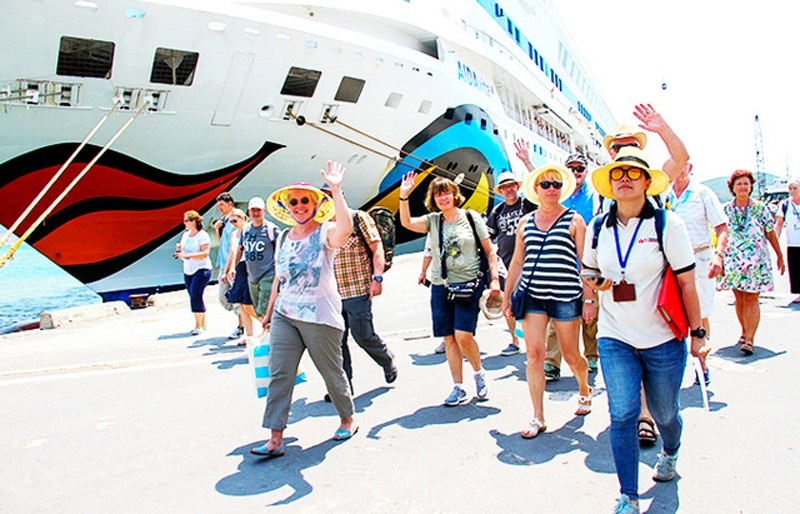

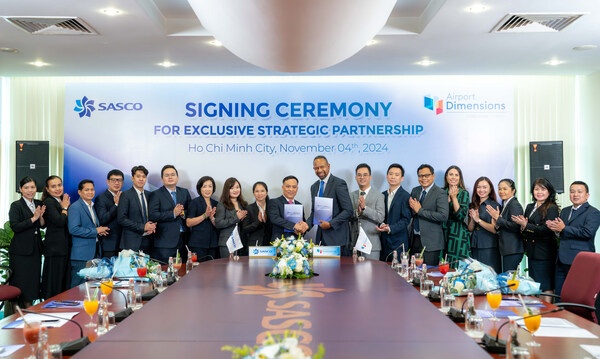
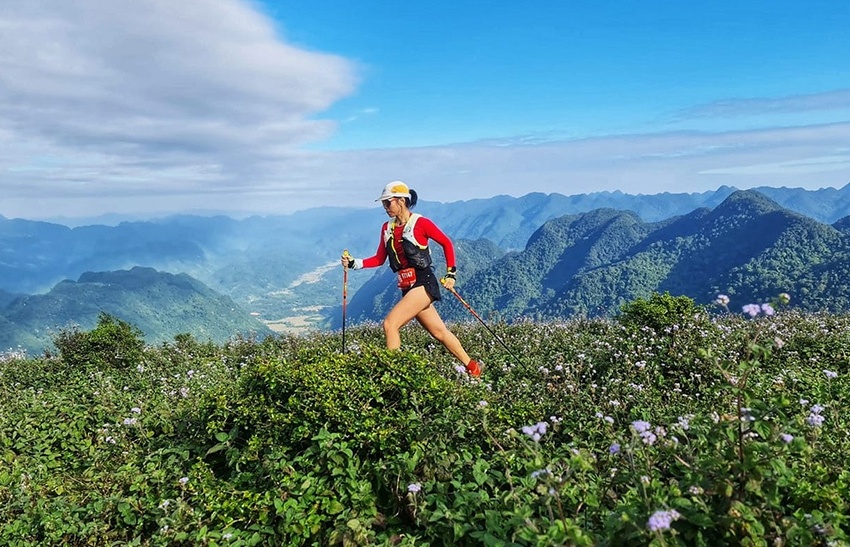
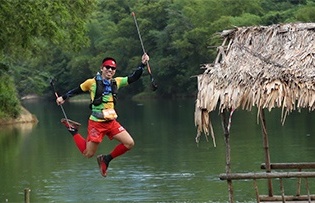
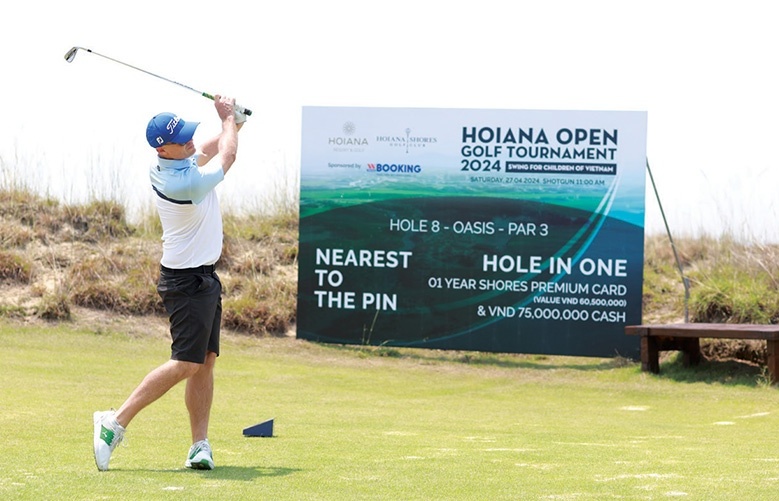







 Mobile Version
Mobile Version